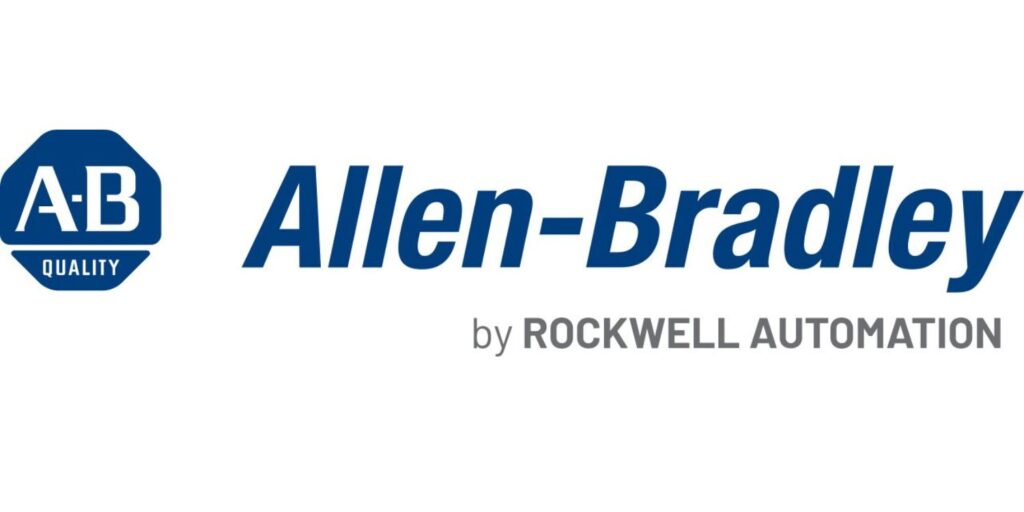Posts Tagged ‘Integrated Controls’
Allen-Bradley PLCs: Revolutionizing Integrated Control Systems
Allen-Bradley PLC stands out as a pioneer and leader in the realm of industrial automation. Technology Transforming Automation Owned by Rockwell Automation, Allen-Bradley is renowned for its extensive range of factory automation equipment, including Programmable Logic Controllers (PLCs), human-machine interfaces (HMIs), sensors, safety components, and more. These technologies are integral to improving safety, increasing quality,…
Read MoreHow Control Systems Improve Wastewater Efficiency
Wastewater efficiency management is crucial for sustainable development, environmental protection, and public health. As populations grow and industrial activities expand, the demand for efficient wastewater treatment processes increases. Optimizing your waste managment by optimizing your control systems is key to achieving this goal. Control Systems, PLC Controls Benefit Wastewater Treatment Control systems, particularly Programmable Logic…
Read More

